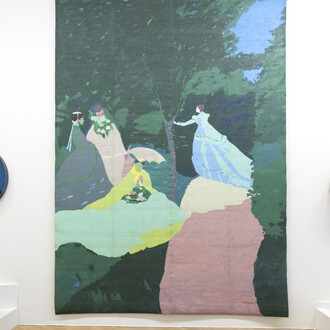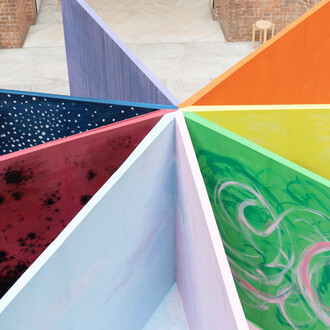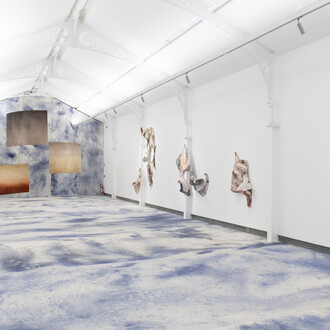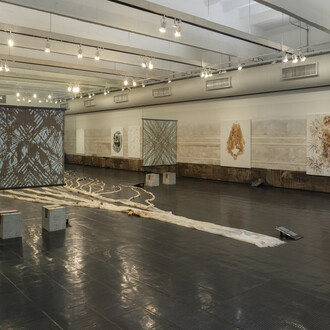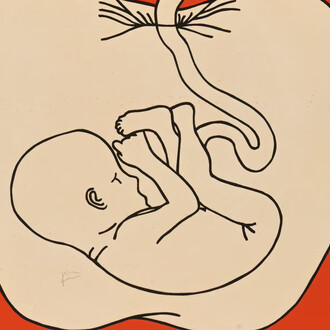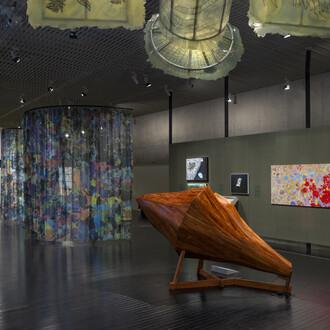Pop Brasil: avant-garde and new figuration, 1960-70 is the Pinacoteca’s largest exhibition in 2025, bringing together 250 works more than 100 artists, providing a comprehensive overview of the art of the period.
The exhibition is divided into themes that go back to the major events of the period, such as the emergence of the cultural industry, the democratic rupture and social transformations of various kinds.
Collective occupation
What opens the exhibition is the set of original flags from the Happening das Bandeiras, an event held in 1968 at Praça General Osório, in Rio de Janeiro, which brought together artists such as Nelson Leirner e Carmela Gross. On that occasion, they displayed silkscreened flags in a public square, promoting a collective occupation of public space.
Next, visitors will find works that deal with a cultural industry in formation in Brazil, displaying stars of Brazilian popular music. Great names of the period are gathered, such as Nelson Leirner, with their altar to the king Roberto Carlos, at work Worship (1966) Claudia Andujar, who photographed Chico Buarque in 1968, and Claudio Tozzi, with the works Bob Dylan (1969) Guevara (1967) and their astronauts who marked the iconography of Brazilian pop.
Pop gesture and hippie movement
The 1960s were also the stage for a sexual revolution resulting from historical events such as May 68 in France and the hippie movement in the USA. In the core of desire and sexuality, there are works by artists who thought about the changes in the status of sexuality in Brazil, also influenced by mass culture. This is the case of Wanda Pimentel, with her series Envolvimento (1968),
The pop gesture also appropriates the city's imagery through urban signs and codes. This is the case of works such as Marlboro (1976), in which Geraldo de Barros transforms the remains of a billboard into paintings.
At the Pinacoteca, Pop Brasil also celebrates 10 years of the loan for Roger Wright Collection and the important collection of works from the 1960s and 1970s.





